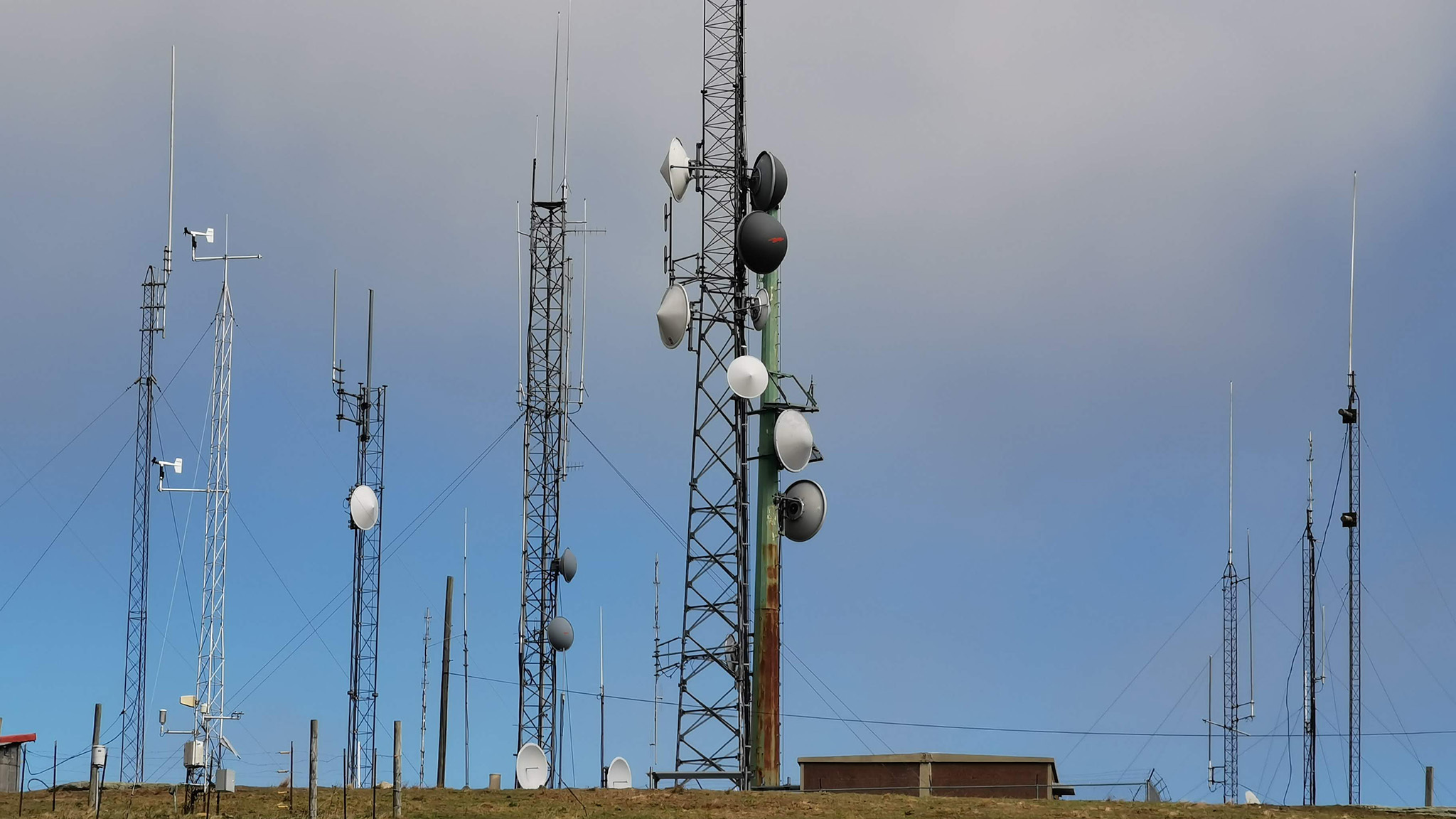Business Continuity Planning – CISO’s Critical Role
In the evolving landscape of cyber threats, the Chief Information Security Officer (CISO) plays a critical role in strengthening organizational resilience and advancing Business Continuity Planning to ensure sustained business operations. The modern corporate landscape is marked by rapid digital change, heightened cybersecurity threats, and an evolving regulatory environment. At the nexus of these pressures […] The post Business Continuity Planning – CISO’s Critical Role appeared first on Cyber Security News.

In the evolving landscape of cyber threats, the Chief Information Security Officer (CISO) plays a critical role in strengthening organizational resilience and advancing Business Continuity Planning to ensure sustained business operations.
The modern corporate landscape is marked by rapid digital change, heightened cybersecurity threats, and an evolving regulatory environment.
At the nexus of these pressures sits the CISO, a position that has gained newfound influence and responsibility. Cyber incidents, especially ransomware, are changing the way businesses assess risk and resiliency.
What was once largely a CIO function is shifting to CISOs, who now take on more business risk responsibilities, including business continuity and third-party risk management.
This evolution underscores the critical importance of CISOs in ensuring operational stability during and after disruptions.
The Evolving Role of CISOs in Business Resilience
Historically, CISOs were typically siloed within IT departments, focusing primarily on technical and operational aspects of cybersecurity. However, as threats have evolved, so has the CISO’s role.
Approximately one-third of organizations have seen a significant increase in CISO involvement in strategic conversations about business-critical technology decisions.
Furthermore, about one in five CISOs now report directly to the CEO, marking a shift toward greater business alignment and visibility. This expanded role places CISOs alongside other senior leaders to guide decisions on digital transformation, cloud security, and supply chain resilience.
High-cyber-maturity organizations increasingly integrate cybersecurity risk strategies, security practices, and trust-building approaches into their business and technology transformations.
CISOs are now expected to develop and implement secure processes and systems used to prevent, detect, mitigate, and recover from cyberattacks while enabling and advancing business outcomes.
They must continuously evaluate and manage the organization’s cyber and technology risk posture while implementing disaster recovery protocols and business continuity plans with business resilience in mind.
This shift from a purely technical role to a strategic business function highlights the CISO’s growing importance in organizational resilience.
Key Components of CISO-Led Business Continuity Management
The CISO’s approach to business continuity management must encompass several critical components to ensure organizational resilience:
- Risk Assessment and Business Impact Analysis – CISOs must lead comprehensive risk assessments to identify the disasters that pose the biggest threats to their business. This includes evaluating how potential disasters will affect the organization financially and operationally. By calculating the true cost of disruptions in terms of hourly or daily losses, CISOs can prioritize resources appropriately and develop more effective continuity strategies that align with business objectives.
- Disaster Response Procedures – Effective business continuity requires CISOs to develop detailed response procedures that eliminate confusion and enable quick resumption of operations. In cybersecurity incidents, CISOs must ensure their teams can respond effectively while maintaining security integrity. As one security leader noted, “In cybersecurity, we live in the world of incidents,” making incident response planning a fundamental part of the CISO’s role in business continuity.
- Technology and Backup Infrastructure – CISOs must identify and implement the technologies that make continuity possible, including backup and recovery solutions, redundant systems, and security mechanisms that can function during disruptions. This includes ensuring proper data backup, establishing alternative processing sites, and implementing technical recovery capabilities that align with the organization’s recovery time objectives (RTOs) and recovery point objectives (RPOs).
- Communication Protocols During Crises – Without the ability to communicate in an emergency, recovery teams can’t do their jobs, and confusion will mount. CISOs must establish clear communication protocols that function even when normal channels are unavailable. This includes determining how personnel will reach each other during a disaster and ensuring this information is widely accessible, even during off-site operations.
- Testing and Continuous Improvement – Companies should regularly test their business continuity plans through methods like mock recoveries and simulated incidents. CISOs must lead these exercises to ensure procedures are effective and identify weaknesses in current plans. Regular evaluation helps identify gaps in planning and enables recovery teams to refine their approaches before actual disruptions occur.
Each of these components requires the CISO’s strategic oversight to ensure that security considerations are integrated into business continuity planning at every level.
Bridging the Communication Gap
A challenging dynamic exists between CISOs and business leaders, particularly when discussing business continuity and risk management. While both stakeholders focus on risk, their approaches and the language they use are notably different.
CISOs focus on cyber risk management and the daily pressure to prioritize risk mitigation, while boards speak about corporate governance, enterprise risk management, and investment decisions.
This disconnect can undermine effective security governance and the quality of cybersecurity programs, including business continuity planning.
For CISOs to effectively drive business continuity initiatives, they must become skilled translators between security concepts and business priorities. This includes:
- Articulating Risk in Business Terms – Rather than focusing on technical vulnerabilities, CISOs must frame continuity planning in terms of business impact, operational resilience, and financial implications. This means converting technical metrics into business KPIs that resonate with executives and board members.
- Developing an Influence-Based Leadership Approach – The modern cybersecurity environment is too dynamic and distributed for one individual to maintain complete control.
By effectively bridging this communication gap, CISOs can ensure that business continuity planning receives the attention and resources it requires.
When CISOs successfully translate security risks into business terms and align continuity planning with organizational objectives, they position themselves as strategic partners rather than technical specialists.
This evolution enables more robust business continuity planning and ultimately creates organizations that can not only withstand disruptions but emerge stronger from them.
Find this News Interesting! Follow us on Google News, LinkedIn, & X to Get Instant Updates!
The post Business Continuity Planning – CISO’s Critical Role appeared first on Cyber Security News.






































































































































































![[The AI Show Episode 145]: OpenAI Releases o3 and o4-mini, AI Is Causing “Quiet Layoffs,” Executive Order on Youth AI Education & GPT-4o’s Controversial Update](https://www.marketingaiinstitute.com/hubfs/ep%20145%20cover.png)




























































































































![[DEALS] Mail Backup X Individual Edition: Lifetime Subscription (72% off) & Other Deals Up To 98% Off – Offers End Soon!](https://www.javacodegeeks.com/wp-content/uploads/2012/12/jcg-logo.jpg)



















































































































.png?width=1920&height=1920&fit=bounds&quality=70&format=jpg&auto=webp#)
.png?width=1920&height=1920&fit=bounds&quality=70&format=jpg&auto=webp#)



























































































































![Google Home app fixes bug that repeatedly asked to ‘Set up Nest Cam features’ for Nest Hub Max [U]](https://i0.wp.com/9to5google.com/wp-content/uploads/sites/4/2022/08/youtube-premium-music-nest-hub-max.jpg?resize=1200%2C628&quality=82&strip=all&ssl=1)

































































![T-Mobile is phasing out plans with included taxes and fees starting tomorrow [UPDATED]](https://m-cdn.phonearena.com/images/article/169988-two/T-Mobile-is-phasing-out-plans-with-included-taxes-and-fees-starting-tomorrow-UPDATED.jpg?#)















































